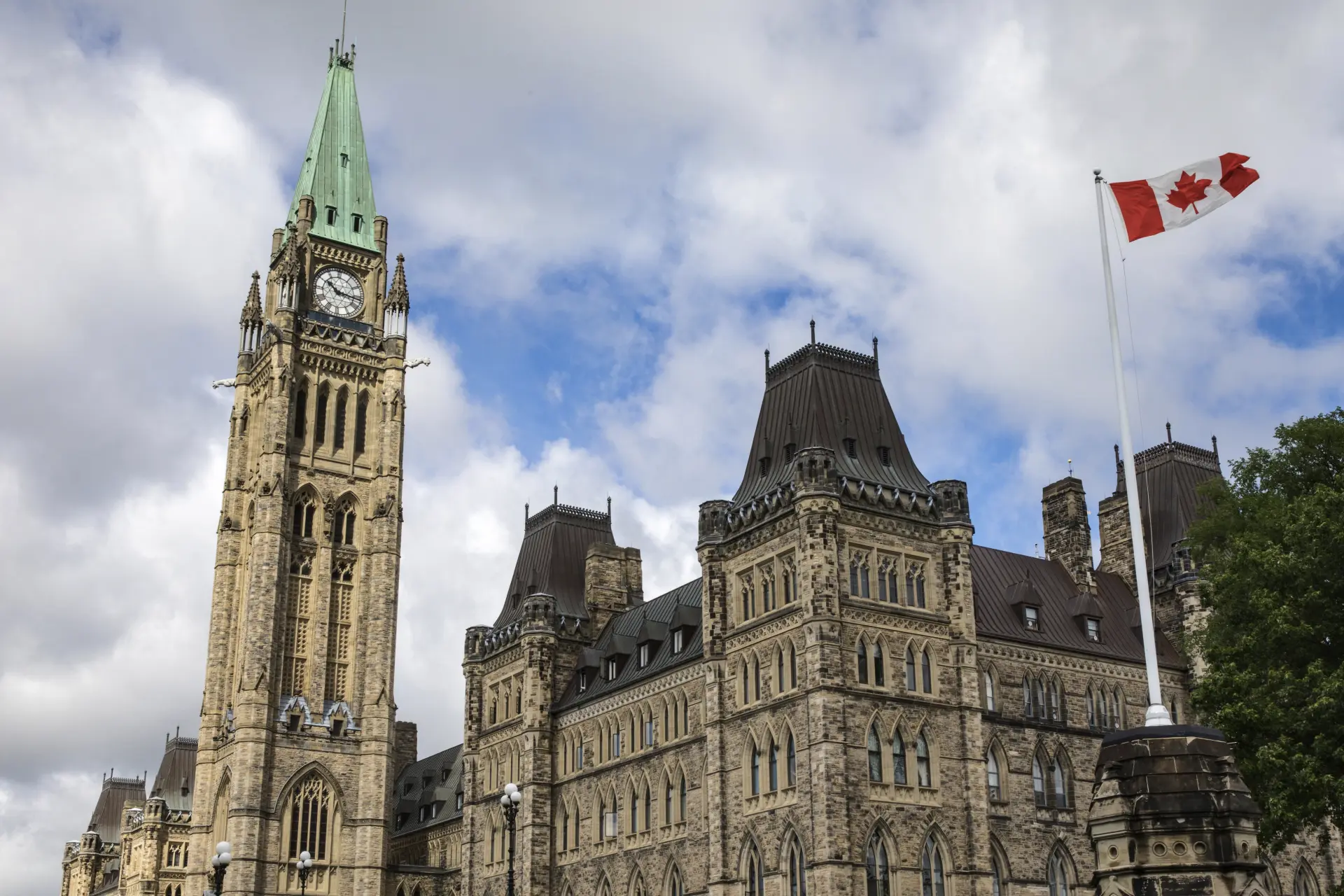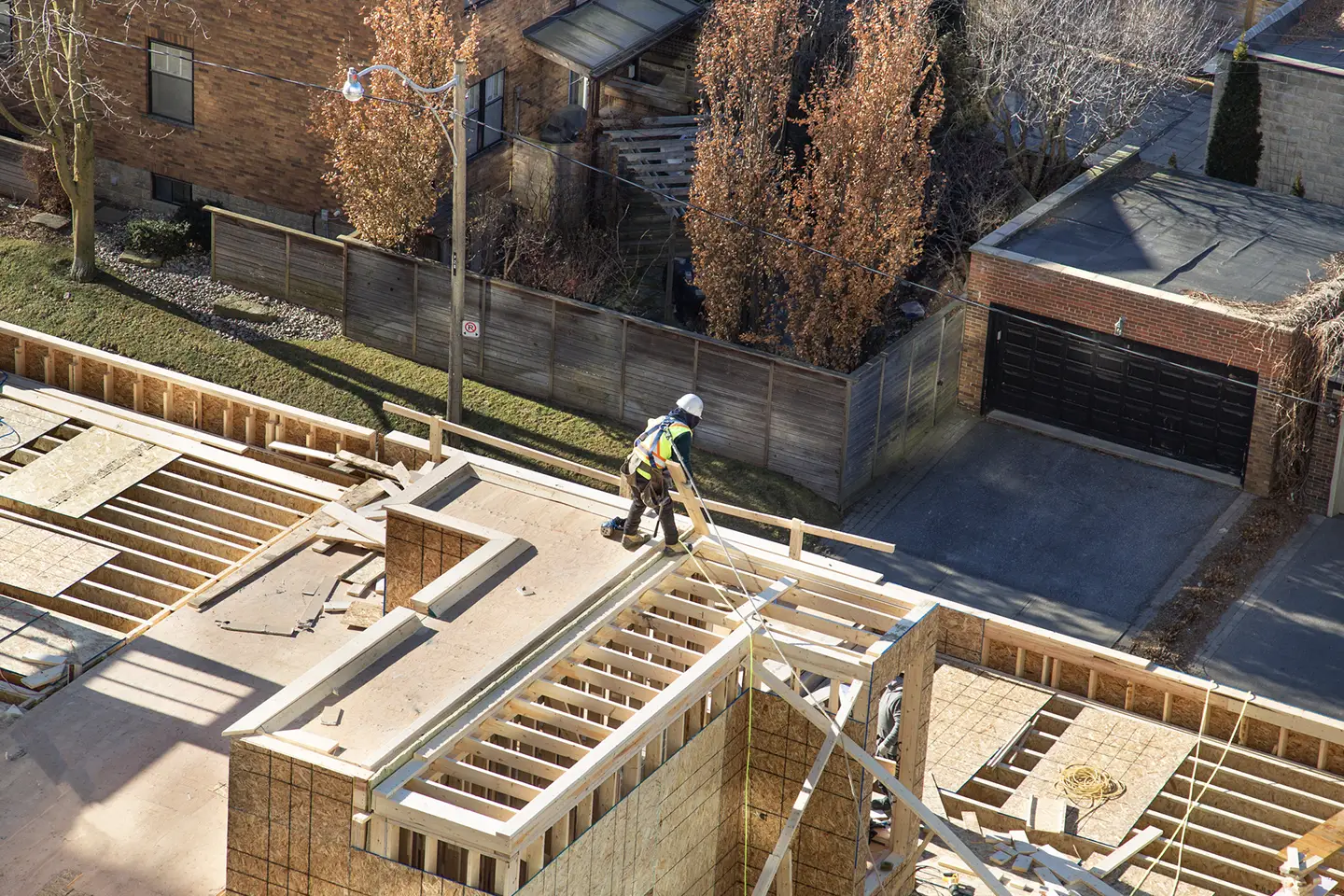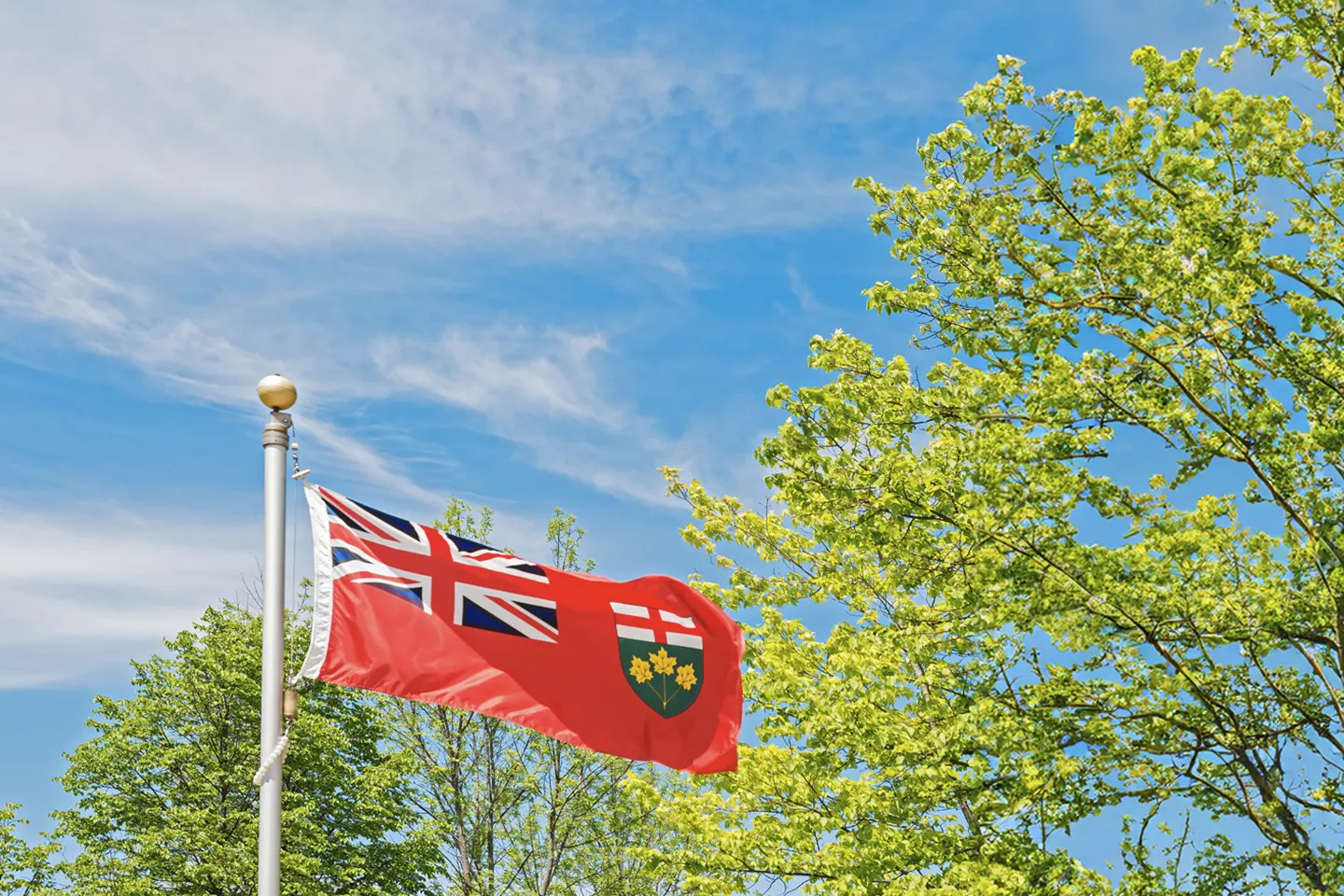Federal Economic Snapshot

Today, Finance Minister Bill Morneau tabled a federal economic snapshot of the Canadian fiscal situation four months into the COVID-19 pandemic. The federal government originally planned to release the 2020 Budget on March 30, but it was postponed indefinitely. This is the first comprehensive look into the cost of the government’s response to COVID-19 and the resiliency of the Canadian economy.
The update focused on the cost of measures taken to combat COVID-19, its impact on the Canadian economy, and how Canada’s recovery compares to other countries. It does not contain any new program spending and does not project Canada’s fiscal situation beyond the end of this fiscal year. As noted by Minister Morneau in his speech to the House of Commons, “the possibility of further outbreaks looms on the horizon, and accurate long-term forecasting is impossible in such a volatile environment.”
Topline Numbers
- Canada’s projected deficit for 2020-2021 is $343.2 billion, more than 10 times the pre-COVID projected deficit of $28 billion.
- 5.5 million Canadians – 30% of the workforce – either lost their jobs or saw their hours significantly cut in March and April.
- Private sector economists expect the economy to contract by 6.8% in 2020, its sharpest drop since the Great Depression, before rebounding by 5.5% in 2021. This forecast leaves GDP below 2019 levels at least into 2022.
- Over 8 million Canadians accessed the Canada Emergency Response Benefit (CERB).
- To date, about 3 million Canadian workers have had their jobs supported through the Canada Emergency Wage Subsidy (CEWS).
- Over 680,000 small businesses received interest-free loans through the Canada Emergency Business Account (CEBA).
- 15 million low and modest-income Canadians received a special GST credit top-up.
Analysis and Reaction
The numbers paint a picture of a government response that was effective in some areas and less so in others.
The CERB was an incredibly popular program, expected to cost the government $80.5 billion but the wage subsidy remains stubbornly underused. Similarly, the Canada Emergency Commercial Rent Assistance (CECRA) has been ignored by many landlords–to the consternation of many tenants – and not one large company has made use of the Large Employer Emergency Financing Facility (LEEFF).
Overall, however, it must be recognized that the government rolled out the most substantial peace-time assistance package in history in only a few months and remained open to tweaks and improvements throughout the process.
The go-forward challenge for the government is to recognize that many individuals, families and businesses have fallen through the cracks because they did not line up with hastily designed program criteria. The government cannot rest on its laurels; instead, it must continue the time-intensive and difficult work of identifying segments of Canada that remain at real risk and developing strategies to continue to provide tailored assistance.
Looking Ahead
Many observers were hoping that Minister Morneau would use the occasion to outline Canada’s post-COVID recovery strategy, both in terms of winding down emergency programs and developing new investment initiatives to kick-start the Canadian economy.
However, details of the government’s plans to rebuild the Canadian economy were thin. Minister Morneau did stress that the government will invest in an economy that is greener and more diverse, and the document itself references the term “build back better” which is a popular phrase amongst green infrastructure groups. These commitments signal that the Trudeau Government is still committed to its overall environmental goals despite the economic impact of the pandemic. Both the Minister and the document, though, stopped short of giving any detail on how and when a green stimulus program might roll out.
Instead, Minister Morneau stressed that the investments made in COVID-19 programs mean that the Canadian economy will recover quicker than it would have if the investments had not been made.
Not willing to give the government a pass, the Opposition parties continue to press for a clearer path forward. The Conservatives have called for a plan to wind down COVID-19 measures, especially the CERB, as well as more funding for the Auditor General’s office to enable greater scrutiny and spending transparency. The NDP, on the other hand, has warned against premature cuts to COVID-19 programs and have instead pushed for more effective crackdowns on income and corporate tax avoidance as well as a wealth tax to help pay for program extensions.
The bottom line is that the economic snapshot is sobering. In the span of a few months Canada has run the largest deficit in its history. This raises three major policy questions that will be debated in every corner of government in the weeks and months ahead:
- What is the government’s capacity to respond to future waves of COVID-19 cases?
- What pre-COVID priorities will get squeezed off the agenda due to limited fiscal capacity?
- How are Canadians going to pay for this over time?
These questions will almost certainly shape the next federal election, which, under a minority parliament can be triggered at any time. They will also shape the business environment, the relations between the three levels of government and Canada’s place in the world in profound ways that are only beginning to be understood.
Conclusion
Seeing the numbers today remind us that we are in uncharted territory. As the new political, economic and social landscape emerges, the team at Sussex wishes all of our valued clients continued success and remain on hand to assist with whatever needs arise.


